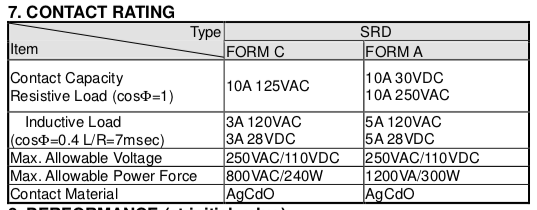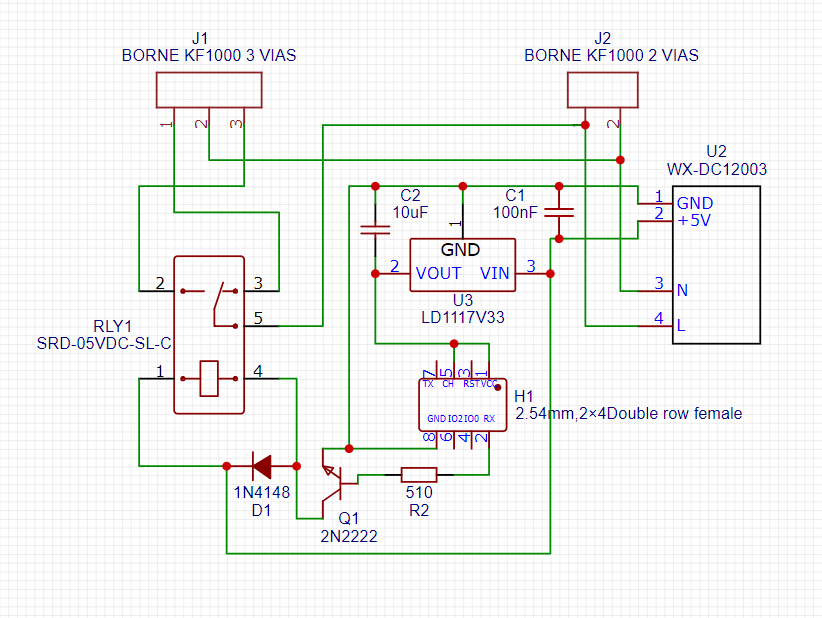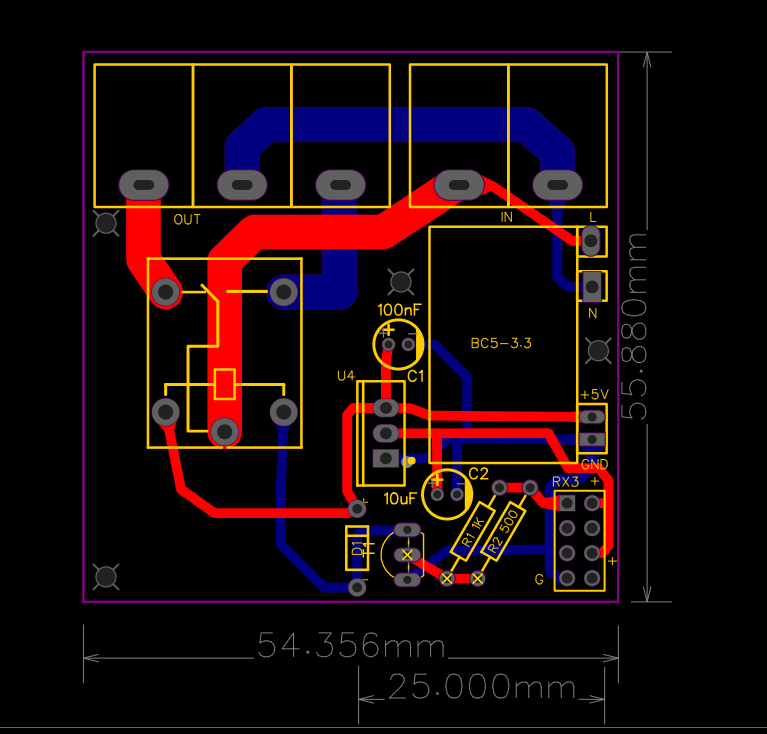Tungsten ratings are applicable to modern fluorescents with electronic ballasts, these don't hum or flicker, and start fine when cold. I love 'em. Ballast ratings are applicable to older fluorescents with big inductive transformers inside - easy to know if you have one; they hum!
This relay does have RU Recognition and a spec sheet.

Form C version of these relays isn't permitted over 125VAC at all.
I'll be gracious and assume you have Form A.
No specification of a tungsten rating.
No specification of a ballast rating.
There's an inductive rating, but maximum 120VAC when used that way.
These are simply not fit for purpose.
ObDisclaimer: Installing things like this into houses is foolhardy, and a Code violation. Meaning insurance won't pay and you'll be sued for the burn-down or accident. Do not mess around with AC mains! Unless you are learning to learn the full chapter-and-verse of Codes and standards in your jurisdiction, and pull permits from local authorities where called for. The DIY stack specializes in this. Most places require approved equipment (not mail-order hobby stuff) - UL Listing, BSI kite mark, etc. To switch or dim AC mains, feel free to use the many approved COTS plug-in controls that use WiFi or other protocols.



